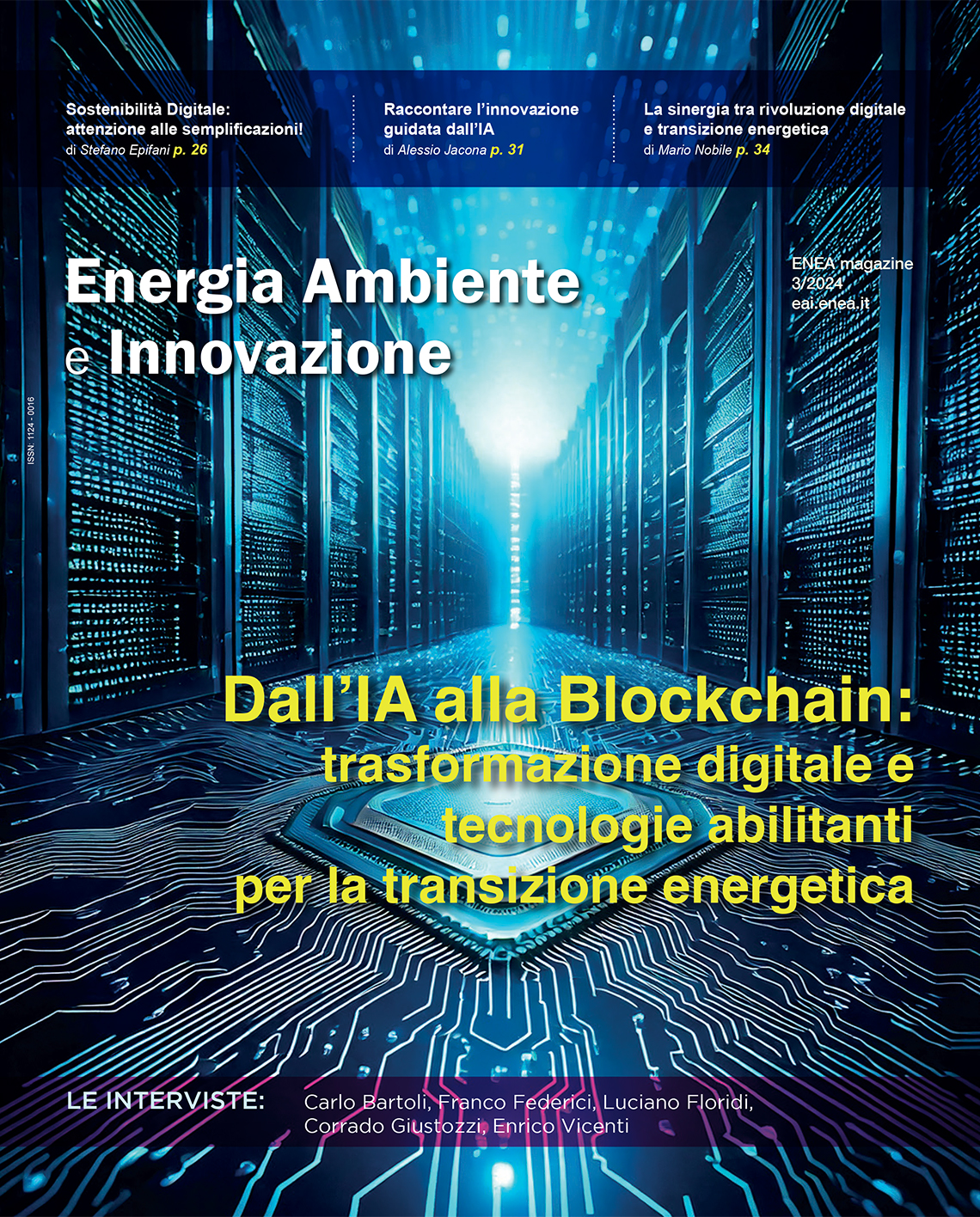
Strategies for deep decarbonization of processing industries
di Stefan Lechtenböhmer, Wuppertal Institut für Klima Umwelt Energie
DOI 10.12910/EAI2018-044
Energy-intensive processing industries (EPI) provide basic materials like steel, aluminium, pulp, paper, cement, plastics, chemicals, etc. Processes in EPIs, however, are still highly carbon intensive and responsible for a large share of global GHG emissions. Currently the EU and its Member States are preparing important policies, such as a new industrial policy on the EU level (EC 2017) and the Mid-century low emissions strategy. Together these will describe the industrial as well as energy and climate policy of the years to come with a long term horizon towards a decarbonised European economy by 2050. This paper provides a brief overview of the respective technological, infrastructural as well as innovation and policy strategies for a comprehensive approach that is needed to deeply decarbonise processing industries
Basic materials processing industries are important emitters of greenhouse gases. Five core branches alone, steel, cement, plastics, paper and aluminium are directly and via their energy use responsible for over 20% of global CO2 emissions and their production has been and is rapidly growing. Globally growing wealth and infrastructures are expected to be important levers for further strong growth in basic materials use and production.
The fact that a decent wealth and supply with public goods needs materials makes it clear that the issue of energy and emission intensive basic materials is difficult to tackle. That societies will continue to heavily rely on their supply, however, does not mean that the processing industries will not see major technological as well as structural shifts in the future. From a global perspective it seems clear that an increasingly circular economy by improving material efficiency in manufacturing and in product design, product-service efficiency and also service demand reduction (e.g. via sustainable consumption patterns) is a core contribution to reduce the demand of primary or virgin materials needed.
Further, it seems to be plausible that the materials themselves might face massive changes as compared to todays and historic situation. A stronger service orientation in the material and manufacturing process will strengthen the shift from a traditional perspective in which materials and their producers including subsequent manufacturers of products are very often defined according to the main chemical elements of their basic material. In the future, however, materials will increasingly be designed to fulfil desired properties with a minimum carbon and environmental footprint, regardless which substance would have been their physical basis. Further, materials such as plastic sheets and paper could increasingly converge, with plastics becoming increasingly bio-based and biodegradable and getting haptic like paper, and paper with hydrophobic properties enabling it to serve in functions today reserved for plastic foils. Together with potential large changes in the costs of materials in a greenhouse gas neutral future these developments have the potential to initiate significant changes regarding the materials that are actually used for products and packaging but possibly also those used in manufacturing and construction. …

